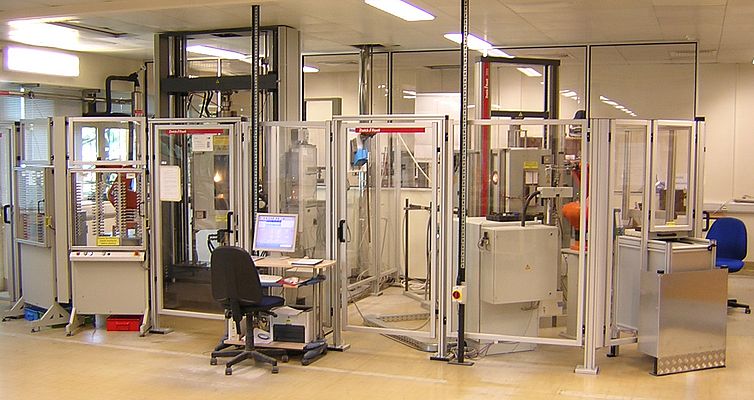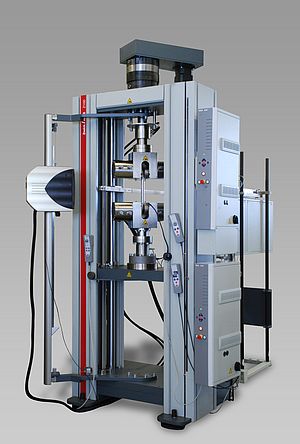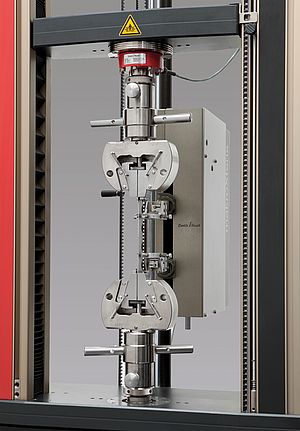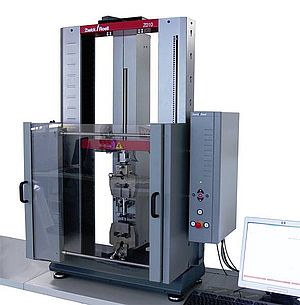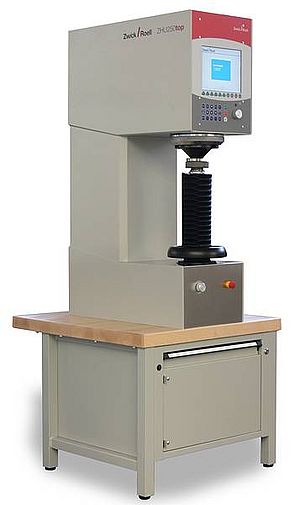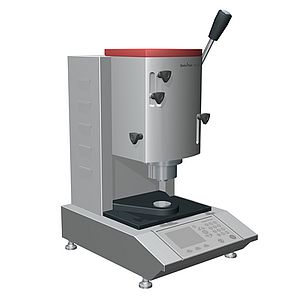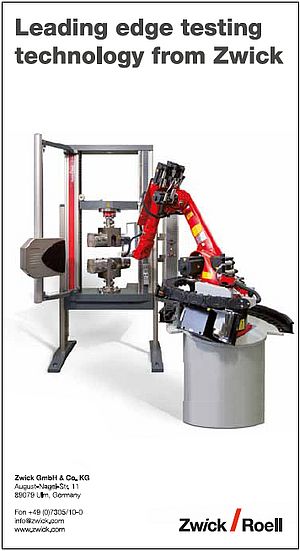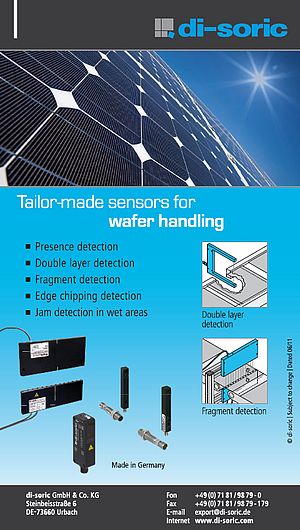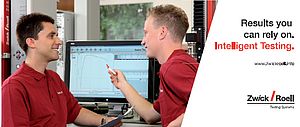With sales of more than $1.3bn, Hexcel is the worlds leading advanced structural materials company and is a global enterprise with over $1 billion in annual sales. With headquarters in the USA and 17 manufacturing sites in Europe, USA, and China, it offers a breadth and depth of products and services that is unmatched in the industry. It manufactures a full spectrum of advanced material solutions – everything from carbon fibre and reinforced fabrics to pre-impregnated materials (or prepregs) and honeycomb core, adhesives, tooling materials and finished aircraft structures, through to after-sales and support.
The UK plant, in Duxford, Cambridge, is the European Centre for Research and Technology, and the main mechanical testing facility in Europe, and its laboratory is a critical facility for R&T, Qualification and QC operations. Well equipped with fatigue, impact, tensile, flexure, and compression test equipment, it carries out research using more than 70 different testing specifications for its customers in the US and Europe. The laboratory is also heavily used by R&T in the development of new materials, whilst a significant amount of qualification testing is undertaken for certification of materials for customers, including Airbus. In addition, most of the QC testing for Europe is carried out at Duxford.
Hexcel pioneered robotic testing of composites
20 years ago, Hexcel was the first company in the world to purchase commercial robotic testing systems for both tensile testing and flexure testing on composite specimens. The key objectives were to improve the consistency of test results especially the measurement of Elastic Modulus, and to speed up testing throughput. The robot system was used for both Research and Development work and routine QC tests.
More recently Hexcel purchased two more robotic testing systems from Zwick Roell, this time with additional functionality as their markets now demand more extreme environmental testing, and the number of different specimen type and shapes has increased. For example, the latest systems carry out tensile and flexural tests inside a temperature chamber operating between [-80ºC and +300ºC for tensile and 23ºC to 300ºC on flexure] using robots to handle the specimens between the user magazine and the testing machines.
The robotic testers give a reduction of in-batch variation
“Testing using robotics removes many sources of error from the test. At the same time it allows the operator more time to concentrate on specimen preparation” comments John Rennick, Hexcel’s Laboratory Engineer. “After production the specimens are measured by an automatic measuring unit, and this helps us to guarantee high reproducibility of test results from the very beginning”.
“Once the cross-sectional area is transmitted from the measuring unit, the optimum gripping pressure for the hydraulic tensile grips is set. This makes sure that the specimen is gripped correctly and avoids excessive forces which could cause specimen damage leading to premature failure of the specimen. The main advantage of the automatic specimen measuring unit is the consistency of our specimen measurements which reduces errors in subsequent steps in the testing process. The specimen measuring unit also aligns the specimen so that each one can be inserted into the testing machine in precisely the right position and orientation. This is very difficult to achieve manually on a 24/7 operation”, he adds.
When testing above and below ambient temperature there are many challenges for testing laboratories. The test throughput is influenced heavily by the time taken for the temperature chamber, test fixtures, and specimen to reach the desired test temperature. All of this is handled automatically by Zwick’s latest roboTest system which controls the temperature based on the pre-set test specification. The robot system inserts the specimens through a specially designed door in the temperature chamber and into the hydraulically controlled tensile grips or on to the flexure fixture. One of the robots’ main strengths is its ability to test a set of specimens with very little temperature variation between specimens.
The test is then carried out automatically by the robot system, which takes over the complete process including the application of a digital extensometer, and allows operators to do other more important tasks. When carrying out flexure tests the span of the rig is motorised and is set by the software according to the test specification ensuring that specimens are always tested correctly. At the same time the testing system records the specimen temperature and logs it on the test report and in the data file together with all the mechanical test results.
John Rennick says that “Since we began using robotic testers we have noticed a reduction of in-batch variation and a significant increase in throughput allowing us to keep inventory levels lower than previously. We really notice the difference in throughput when the robotic system is down for maintenance, and we have to go back to manual testing.”
Technically advanced composite testing lab
Twenty years on and Hexcel still has the most technically advanced composite testing laboratory in the world and demonstrates to customers that quality is its number one focus. “When visitors come into our laboratory and see the level of technology we are using for mechanical testing they tell us that they have never seen another laboratory like it” adds John.


